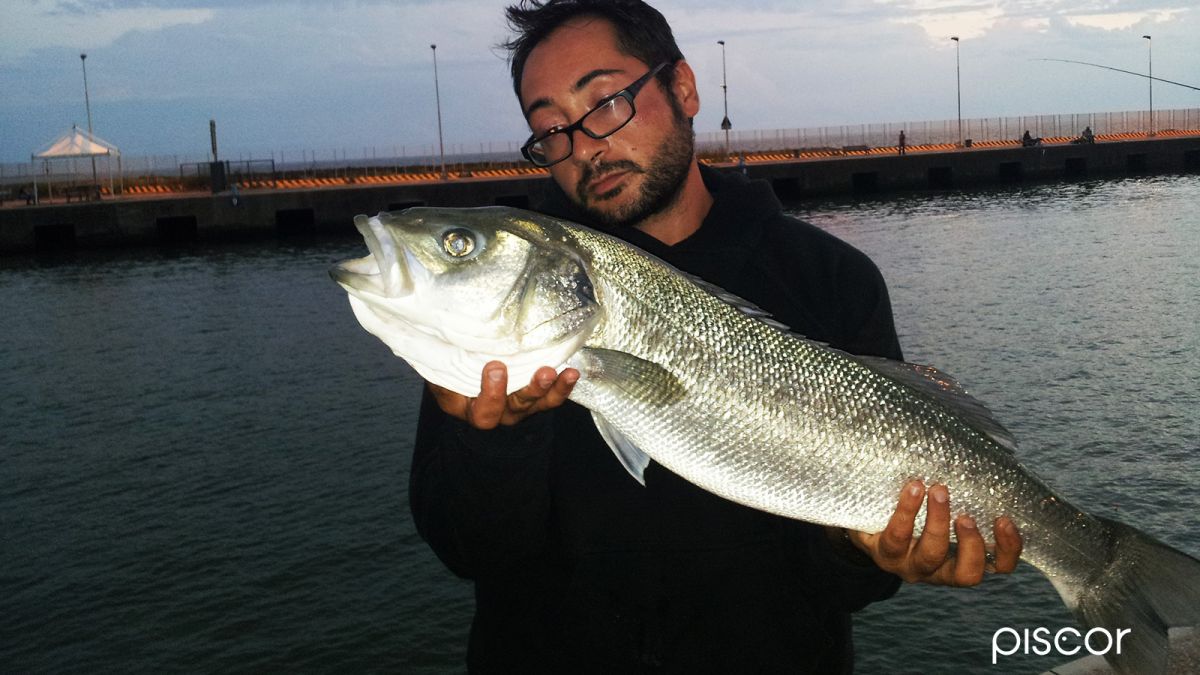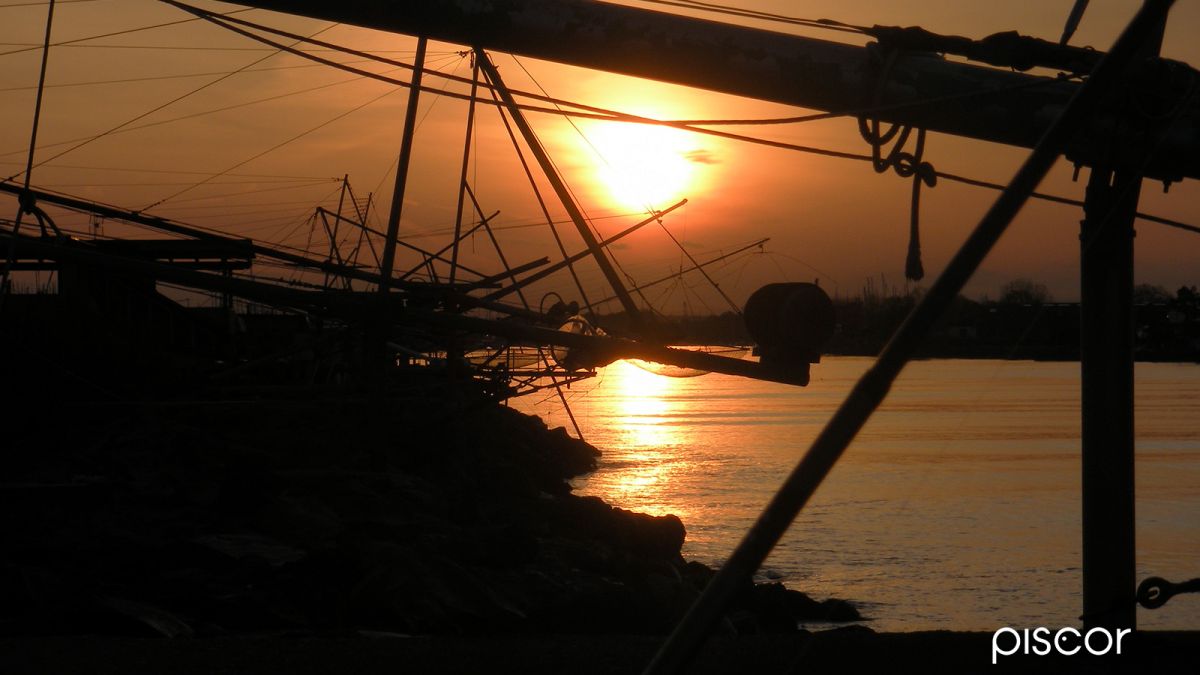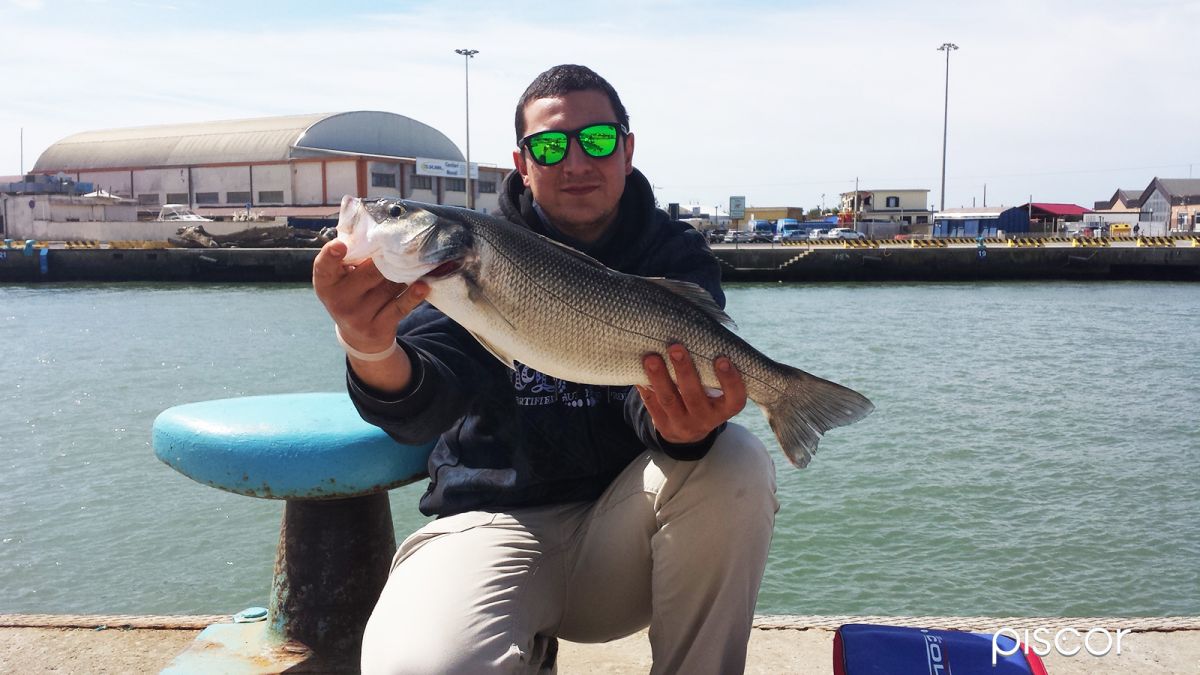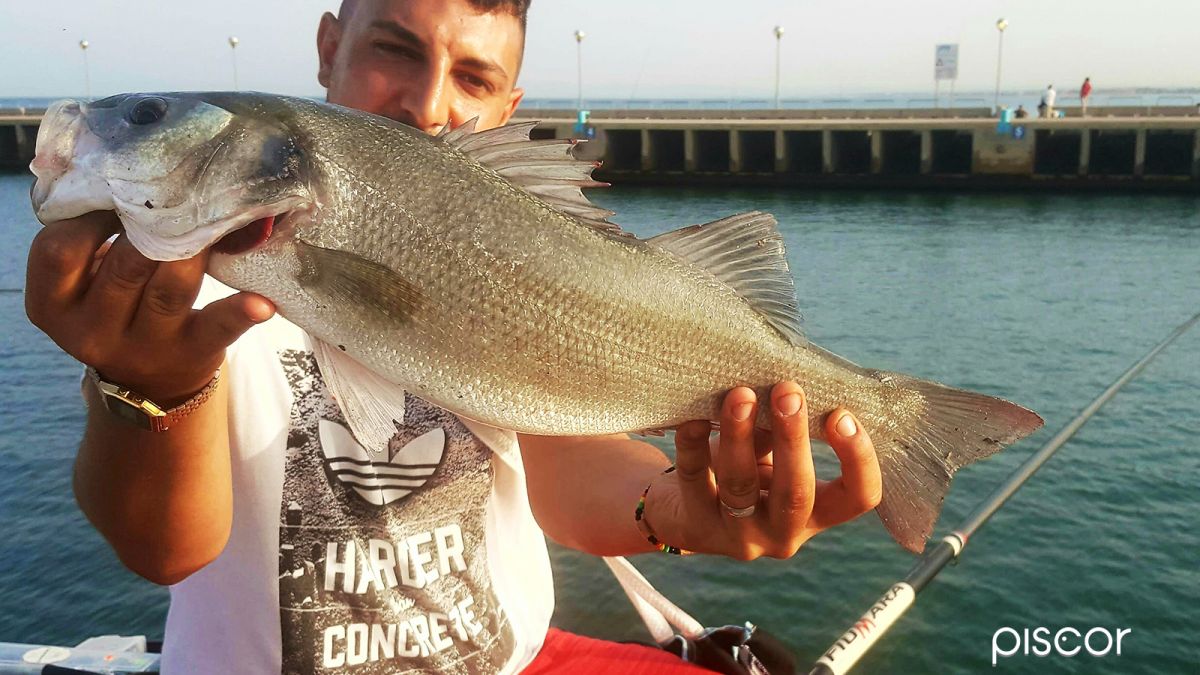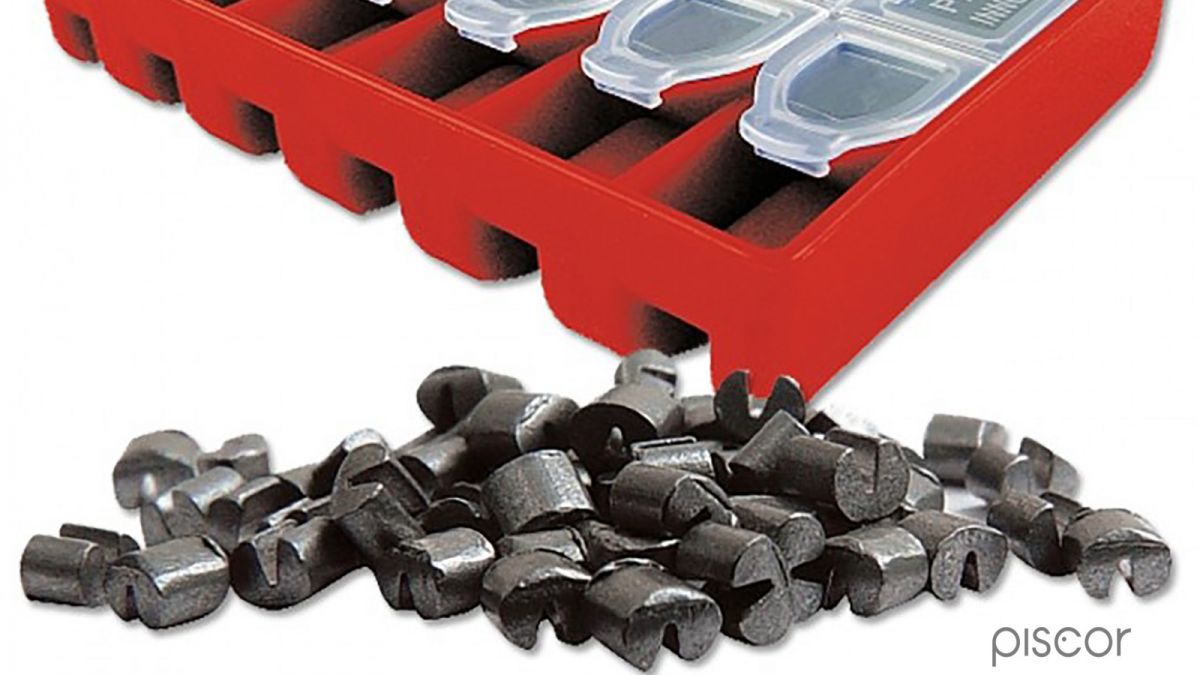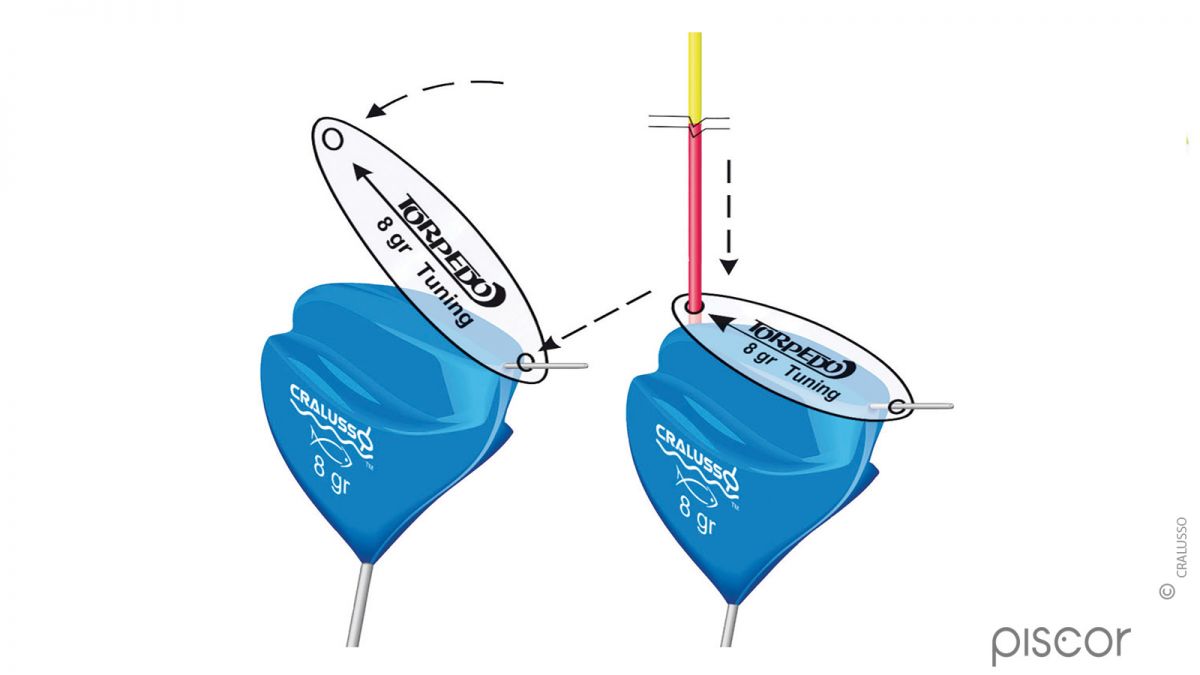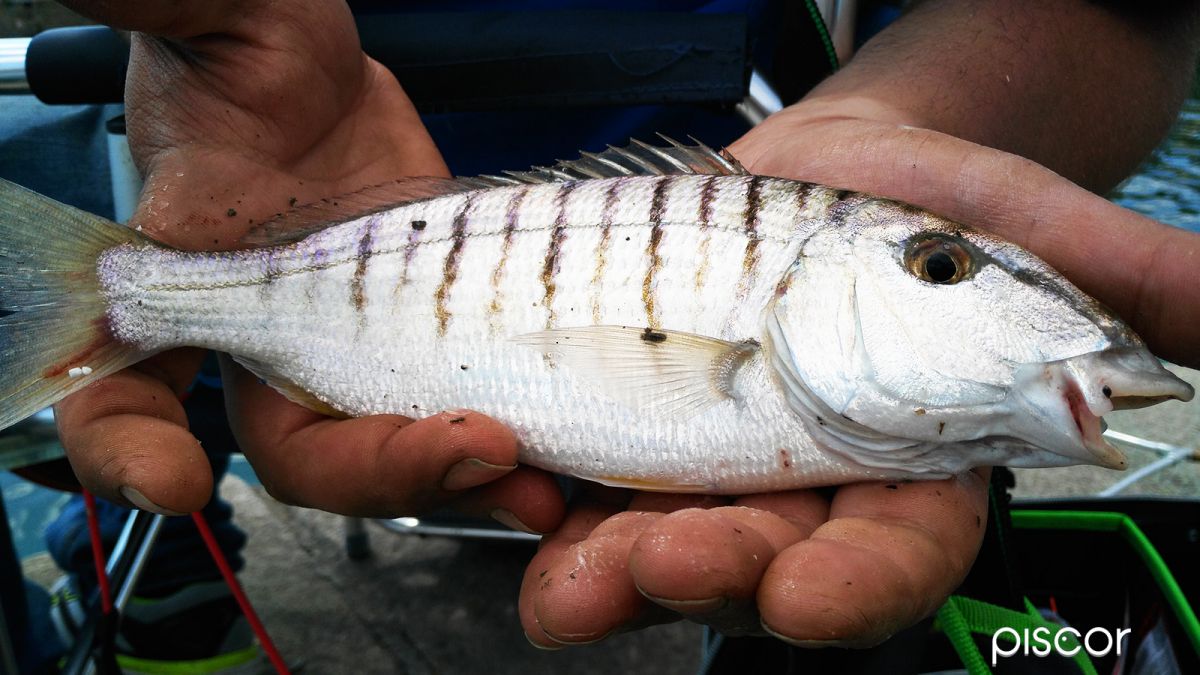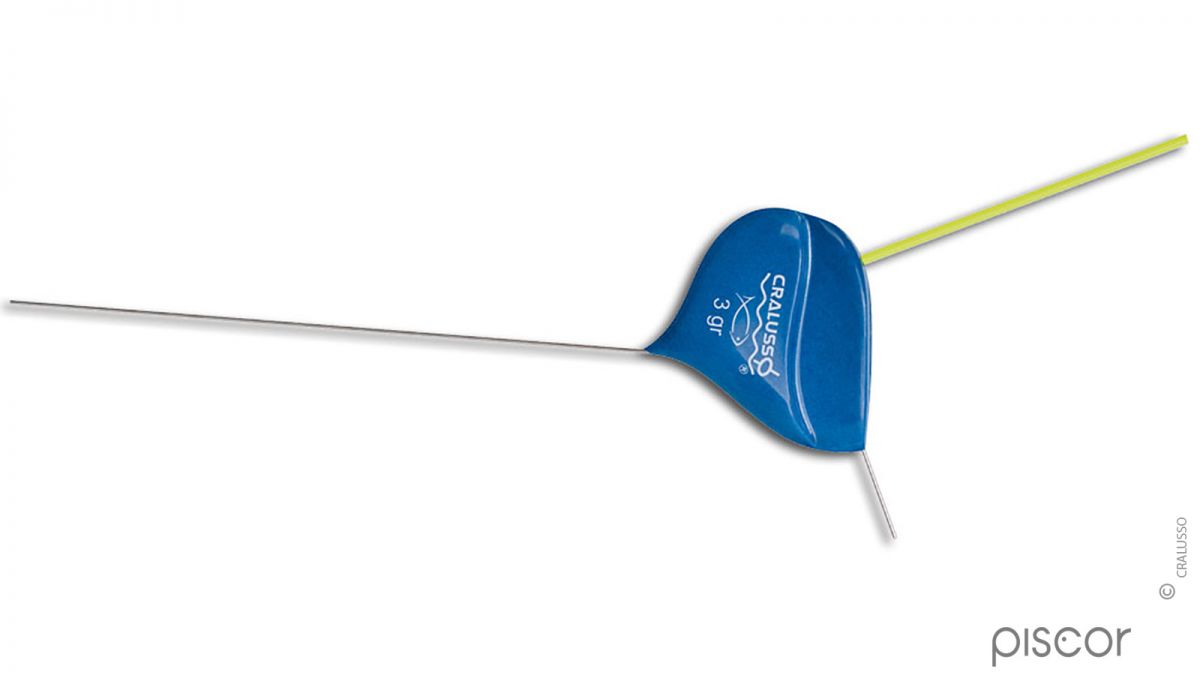The environment mouth, bizarre, moody and never uniform has always fascinated the bolo fisherman often struggling to read the right current generated by the movement of the tide.
Let's see how to deal with the mouths characterized by a good depth with the technique most loved by fishermen: the bolo technique...
The most profitable environment for bolo fisherman, in that period is the mouth where sea bass and gilthead sea bream begin to climb the freshwater course with the help of the rising tide to feed on annelids and small molluscs.
Here they will settle for most of the summer and autumn season. Previously we have analyzed the retention fishing on shallow waters with the help of the float Torpedo of the Cralusso brand.
In this article we will examine fishing with the same indicator on medium-high seabeds in search of the undisputed queen of this environment: her majesty the sea bass.
The fundamental difference between these two morphologically different environments, in addition to the height of the seabed, is the strength of the current.
Obviously, operating on shallow water we will have more current, but homogeneous over the entire water column, unlike the spots characterized by higher water depths where we will have a fair surface current and then decrease drastically near the bottom.
An example of a deep-water mouth is the canal port. These environments are an ideal habitat for many species, including sea bass.
The queen of the brackish in these hot spots finds a great deal of food thanks to the boats used for professional fishing that act as a reminder because of the waste that at the end of the day the fishermen throw into the water to clean the nets.
Even if we are in port we must always deal with the current of the river and the tides that we will find ourselves in front of.
The canal ports, in fact, are nothing more than derivations of the river itself or artificial mouths, that is, the river in the last kilometers of its run was contained in two sides of concrete or boulders. The current, of course, is also felt in this case.
Behaviour
In these contexts, sea bass tends to eat on the bottom and behaves very much like a rooting fish.
The main difficulty of this approach in these environments is to counter the surface current. The first layers of water will be composed almost exclusively of fresh water because it is lighter in specific weight than that of the sea, which is salty.
The Torpedo, thanks to its shape, will help us contrast the surface current and make it easier to read the current itself. As we said before, on the bottom we will have little current especially in the presence of the rising tide.
If we wanted to use a classic float we would be obliged to use more over-calibration lead to go perfectly fishing, since these beacons are excellent allies in the free pass, have little ability to hold lines in the presence of strong current, unlike the sails that were born for this purpose.
The right leaded crown
The Torpedo, belonging to the "family" of sails, has excellent stability thanks to its hydrodynamic shape and in addition to stopping the surface current in an excellent way, it will allow us to use light lines to manage the one on the bottom characterized by salt water.
Here, the hold becomes very technical and the use of the right line will be of fundamental importance, especially at high tide. With the rising tide the presence of salt water will be greater. We will notice the classic slowing down of the current due to the rise of the sea that will tend to curb the strength of the river.
The salt wedge will tend to rise from the bottom to the surface and we will have a good portion of salt water.
We have to imagine the line used divided into two sections, where the upper part composed of the float and the over-calibration have the task of stopping the surface current and get us to the bottom (passive line ndr) and the lower part composed of a leaded crown line distributed in two meters that will be the fishing line (active line ndr).
The terminal to which we will tie a hook of small size will rest on the bottom. The use of very light lines is of fundamental importance and it will not be rare especially in the presence of particularly high tides, where the sea enters and slows down the flow of fresh water a lot using lines composed of small stotz.
Stotz is a hybrid lead of a very particular shape that favors a very soft presentation of the bait.
The wide groove allows a quick application on the monofilament. We can move the stotz on the line as we like to lengthen or shorten the shoulder without affecting the line itself because it is made of soft lead and still remains perfectly anchored in place even after several moves.
To bait well
The baiting will be carried out upstream always calculating the two currents with loose maggots. The sunken ones will be clean and the thin terminals will make the fights pure adrenaline.
The Torpedo has proved to be an excellent ally in brackish water even in those conditions where the delicacy and softness of the fishing apparatus is of fundamental importance.
Using the sling to launch loose maggots we will have to be very careful to calculate the distances well.
We will first have to adapt to the tide itself in the sense that, the first hours of rising tide will never be the same as the last, the current will always vary and slow down as we approach the peak of high tide, so even the larvae should not be slung at the same distance.
It takes eye and experience that you will do directly on the spot.

